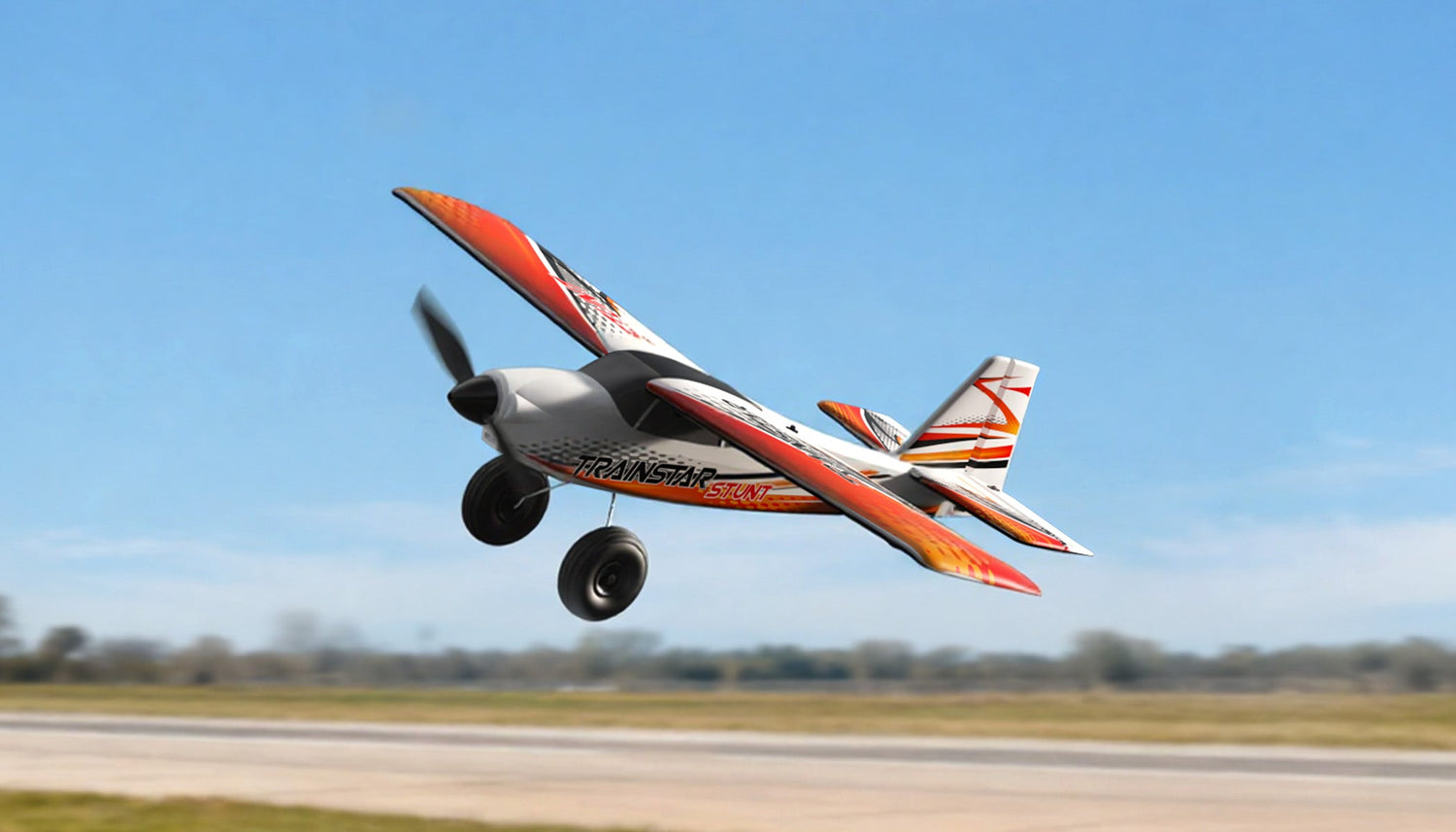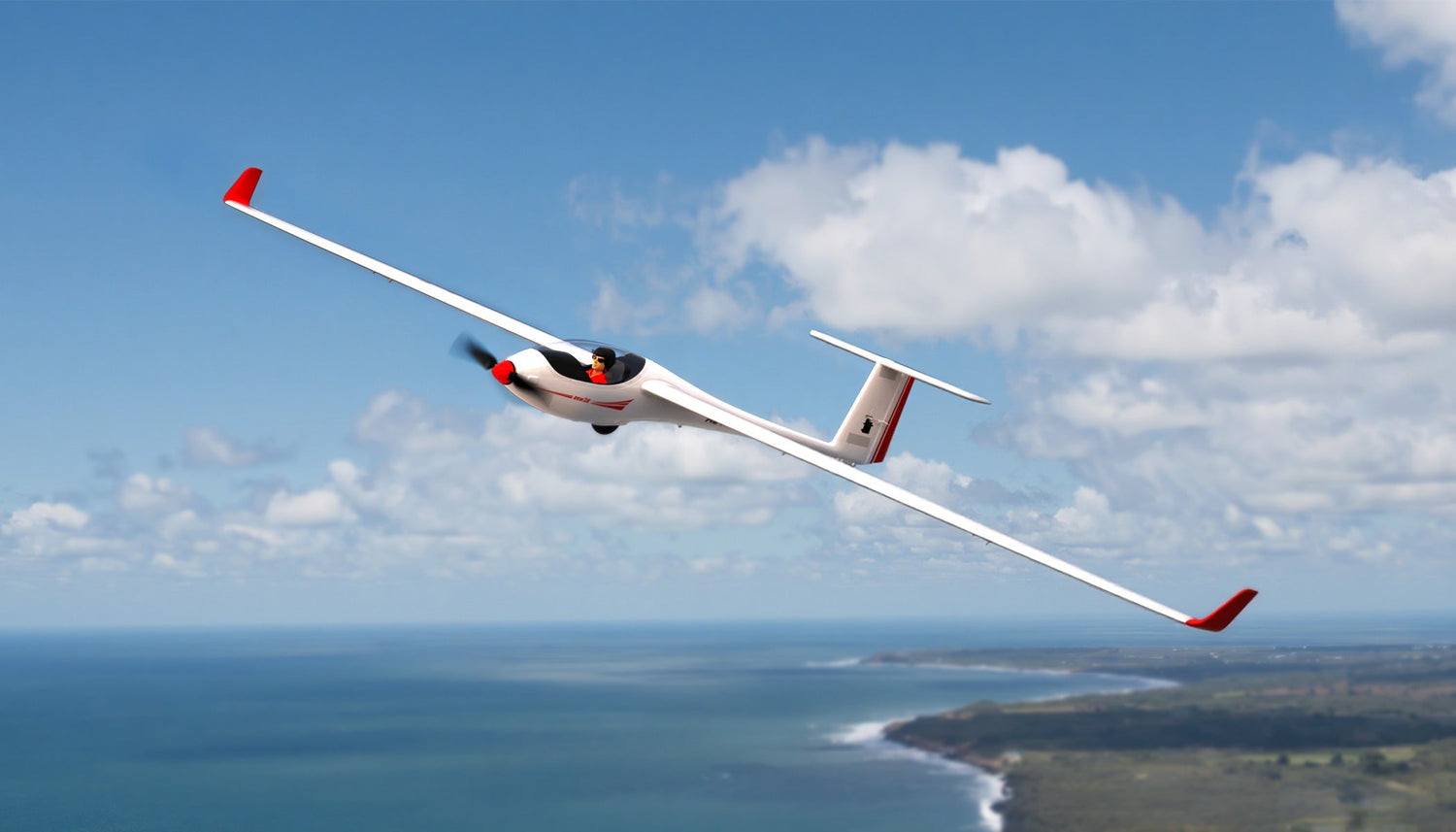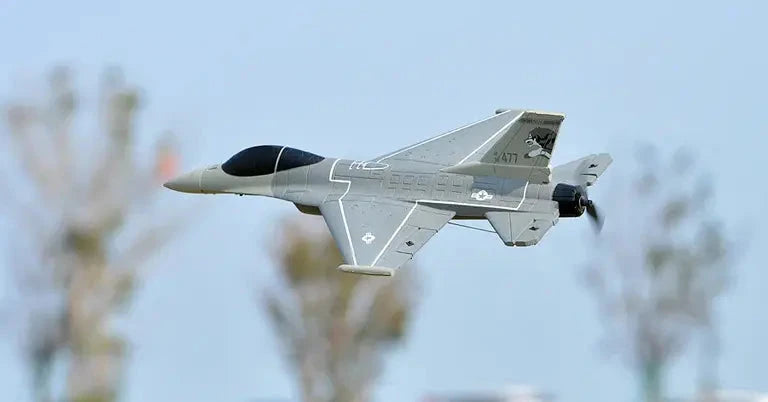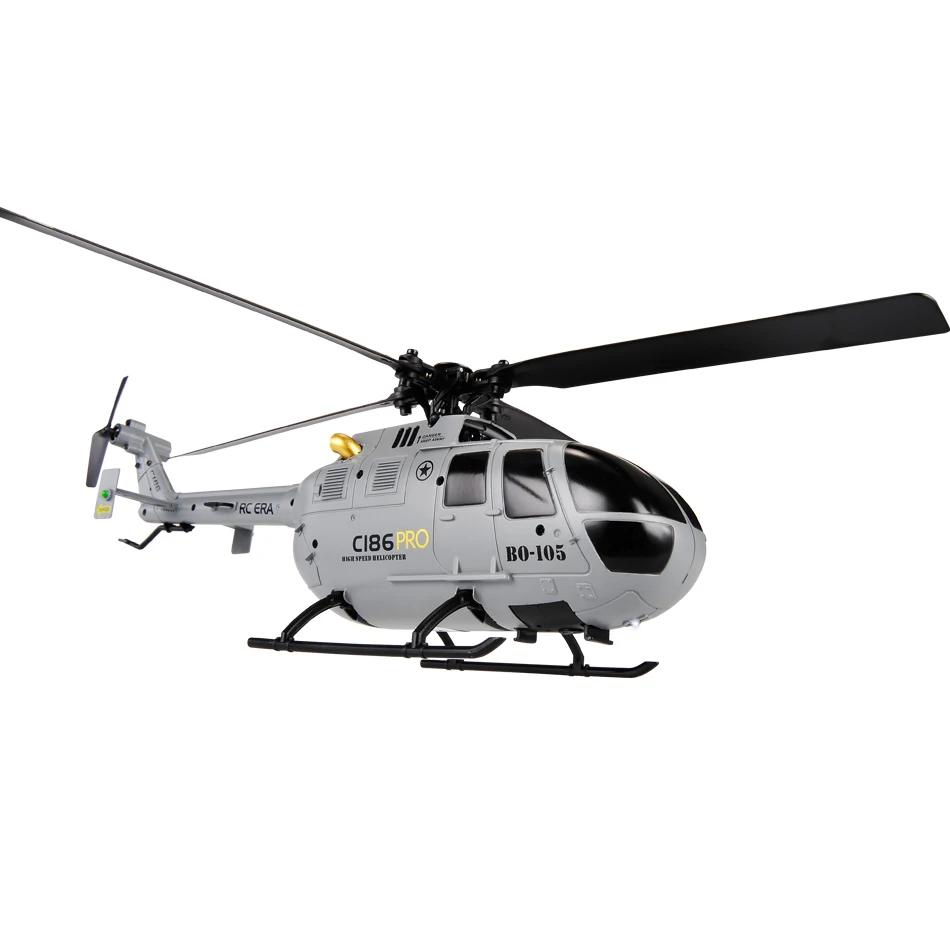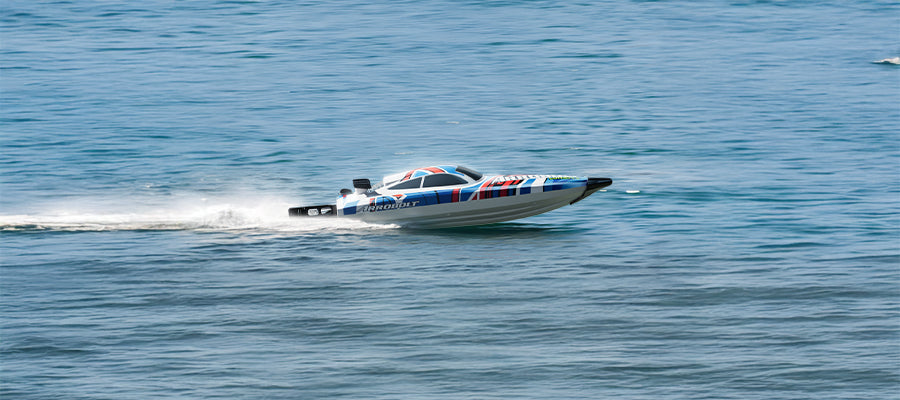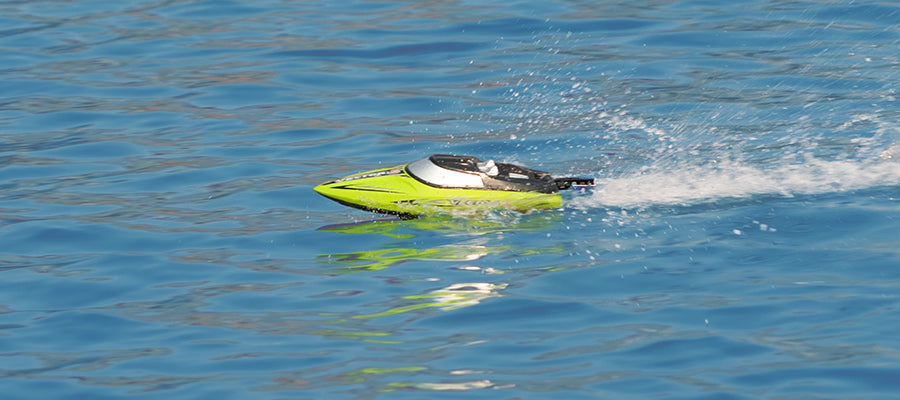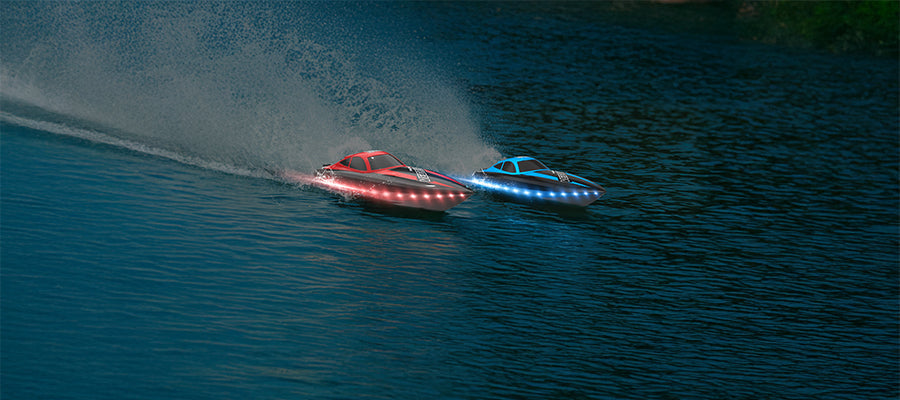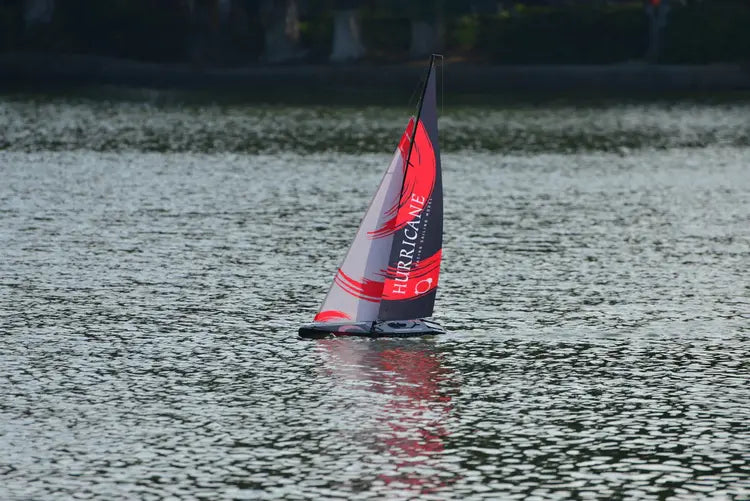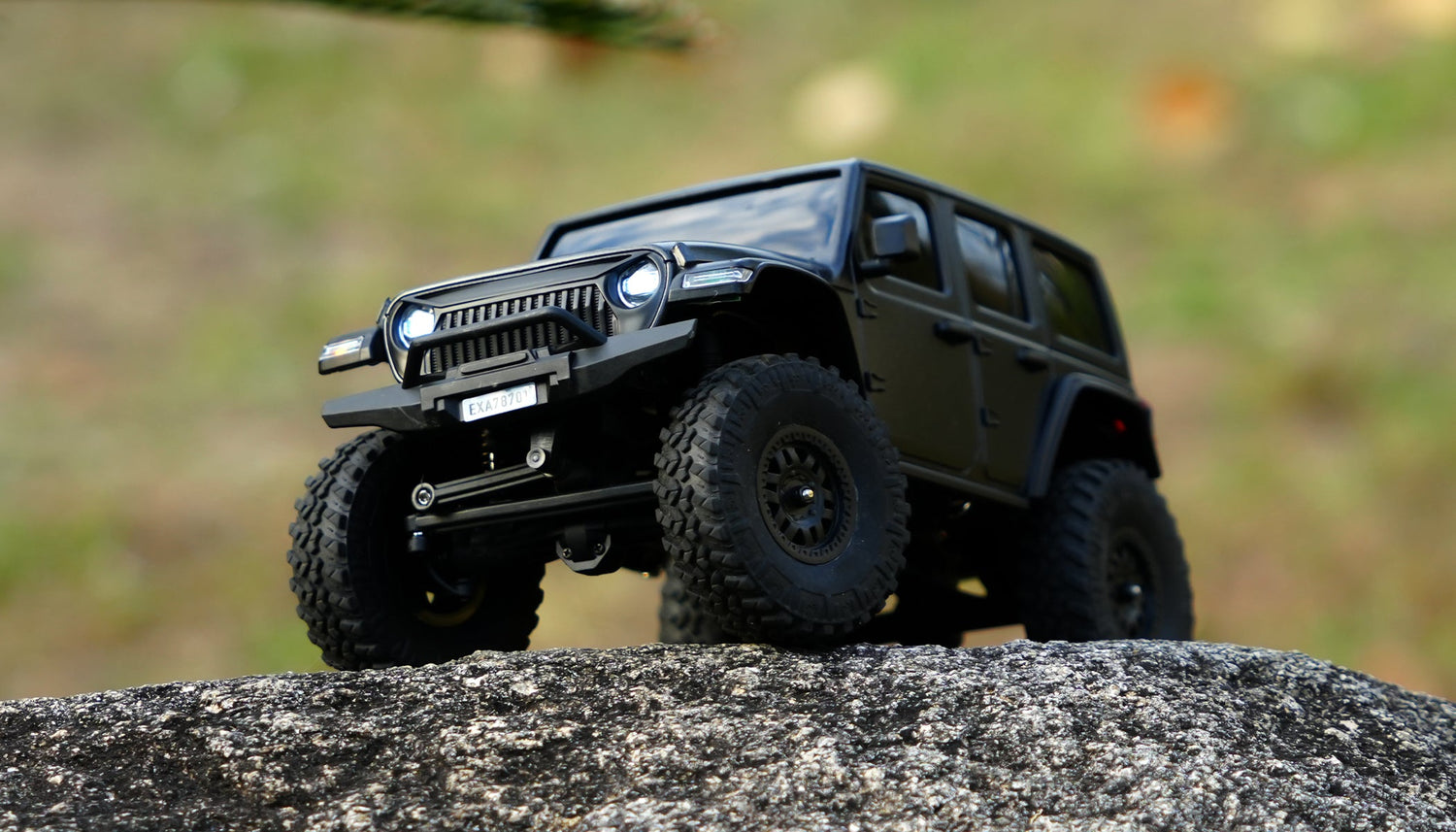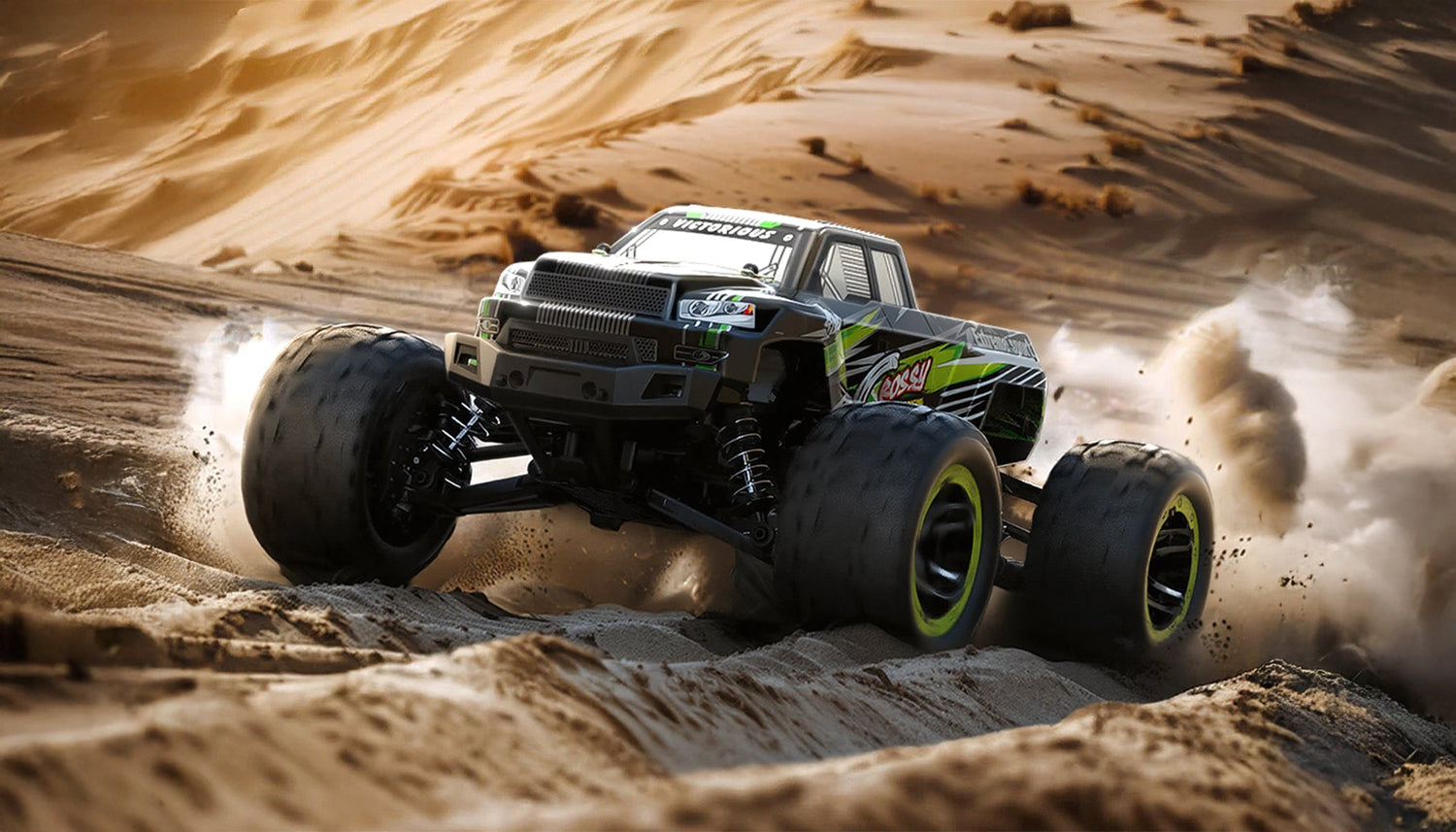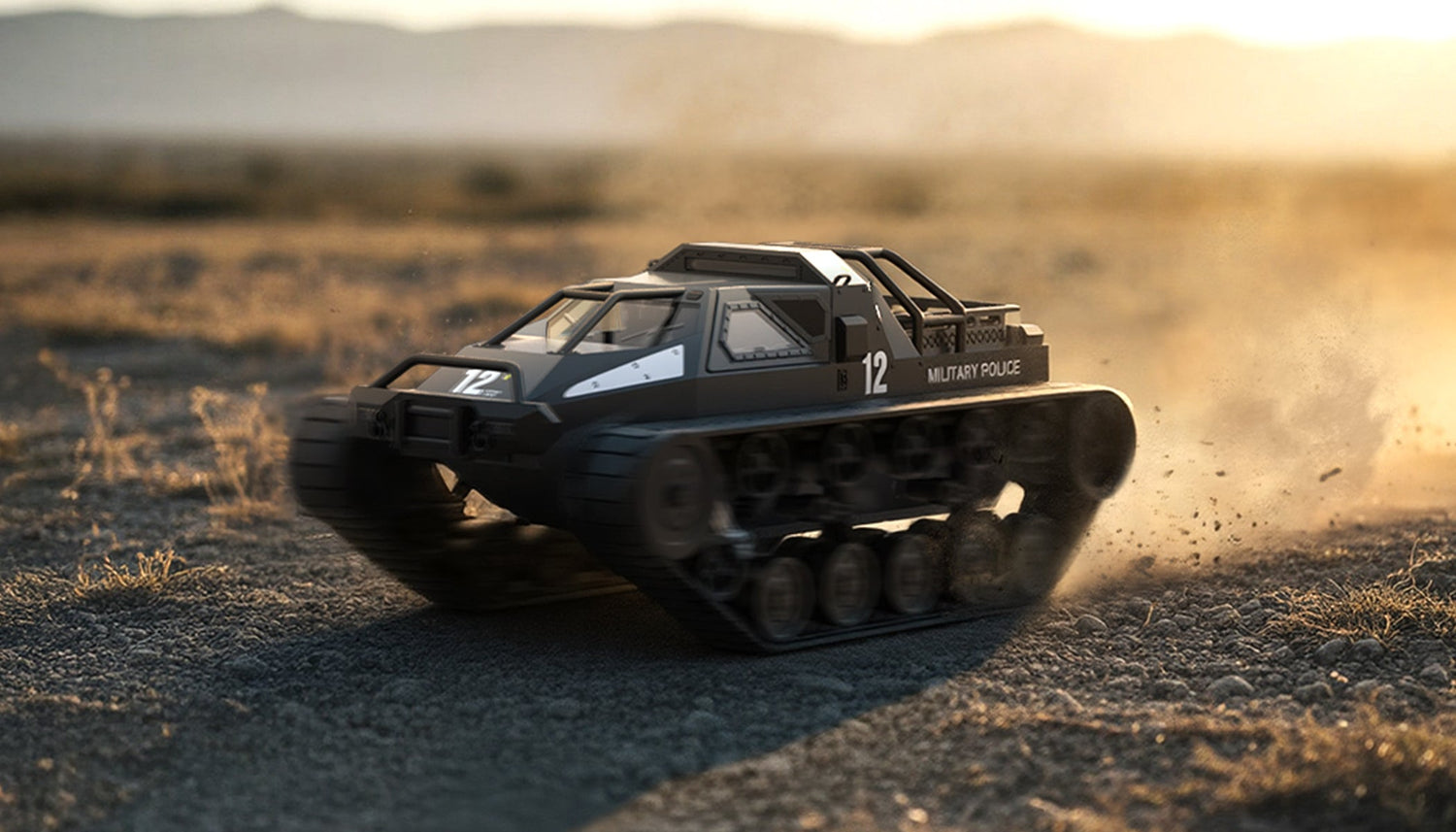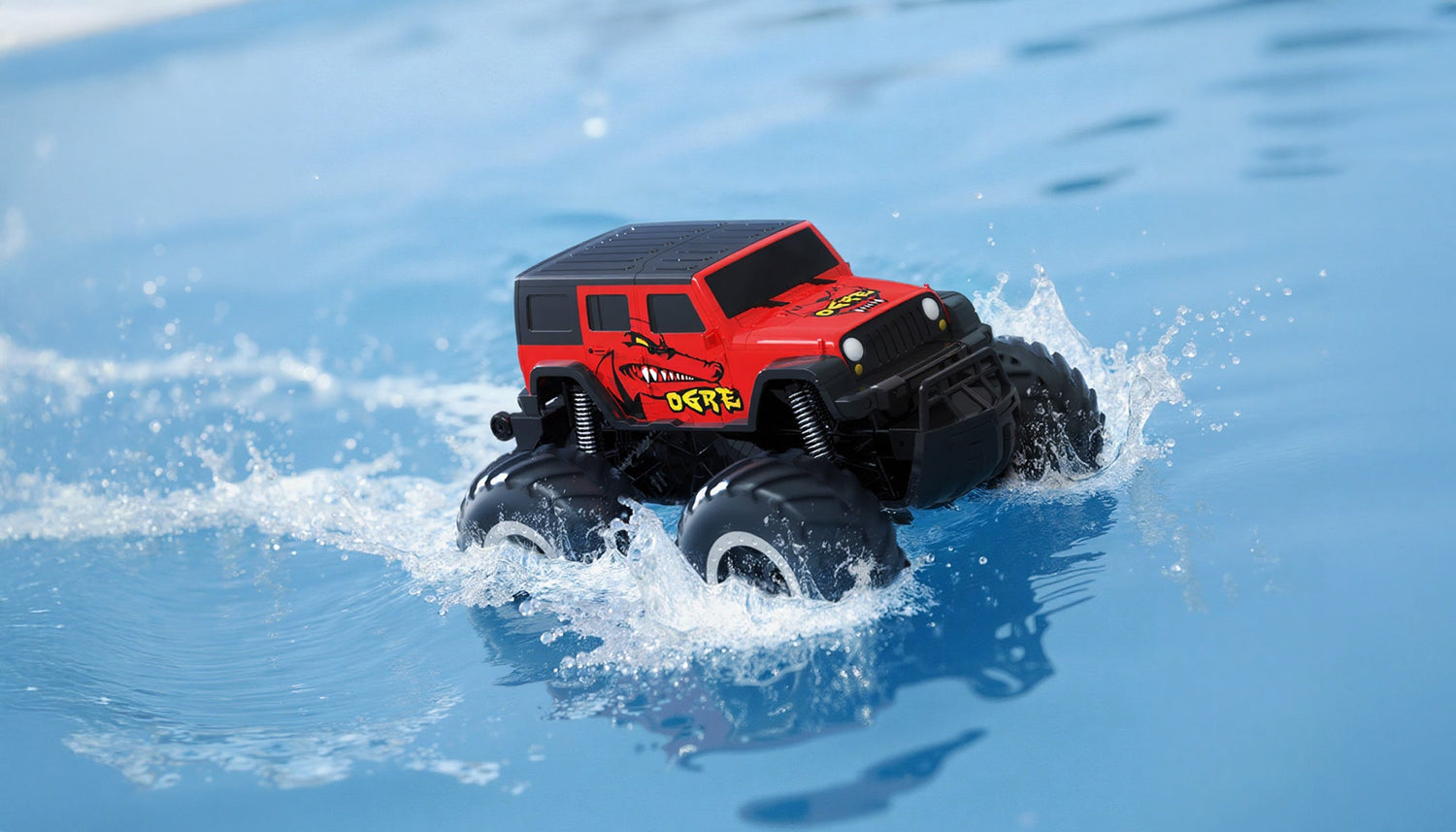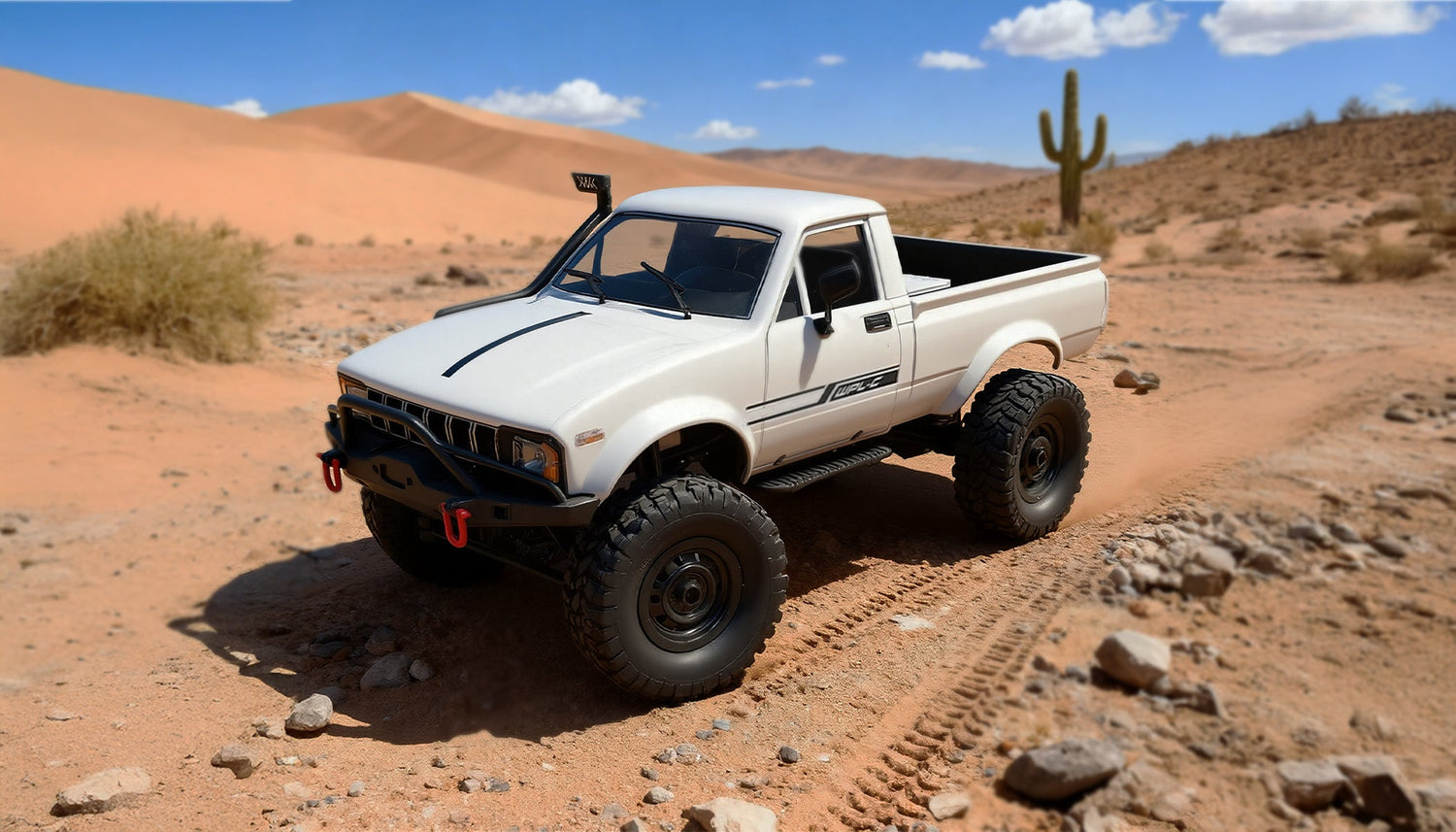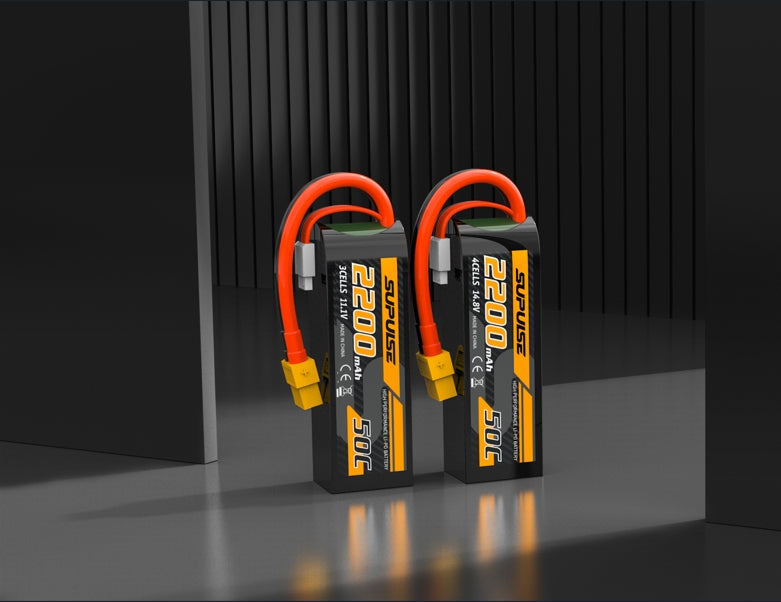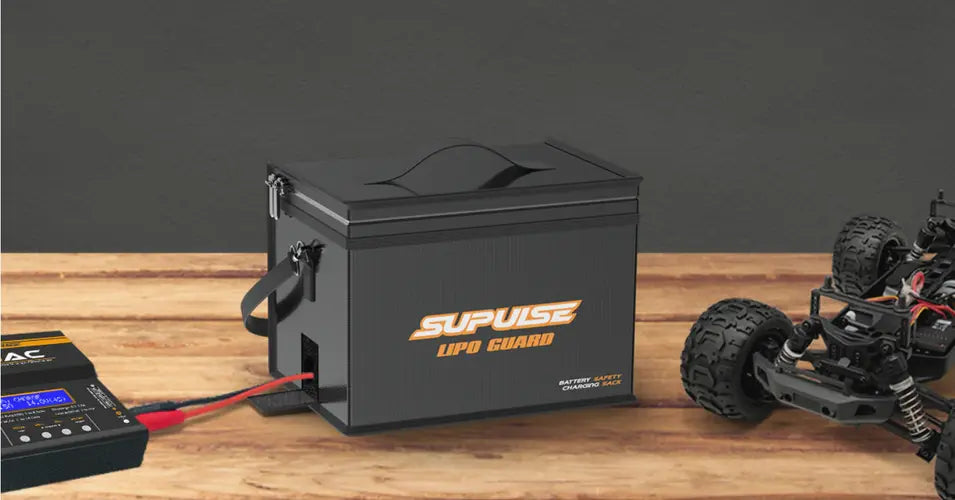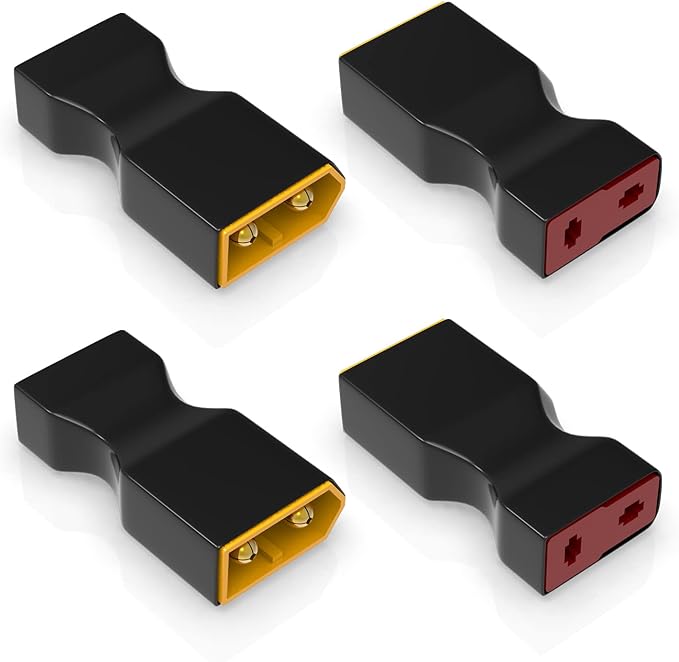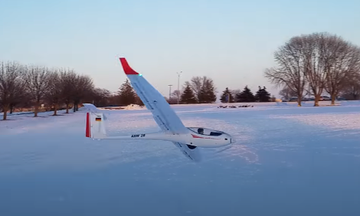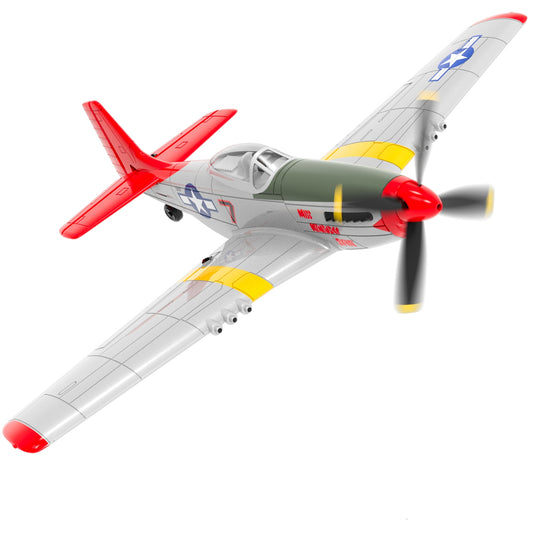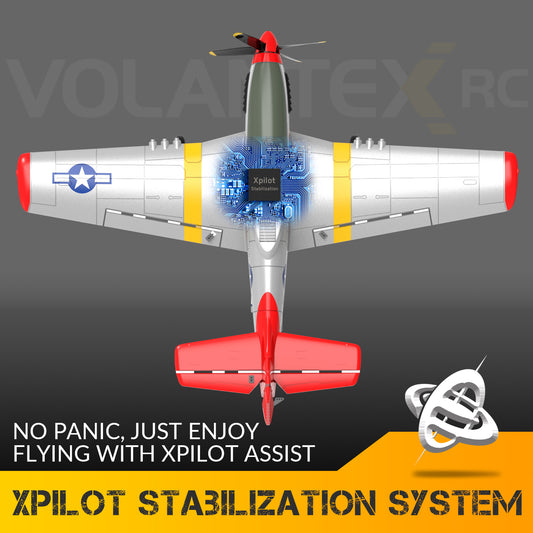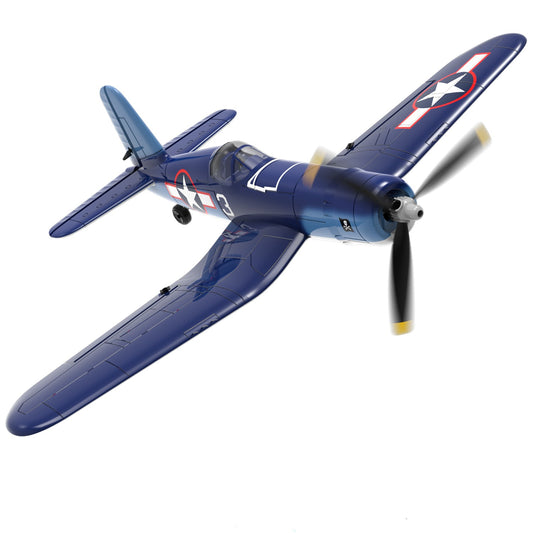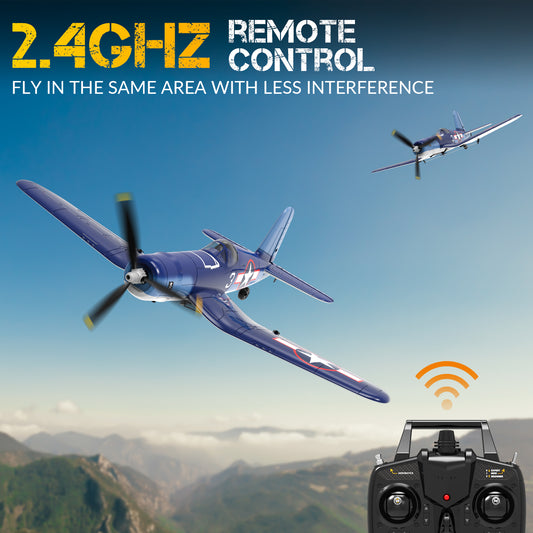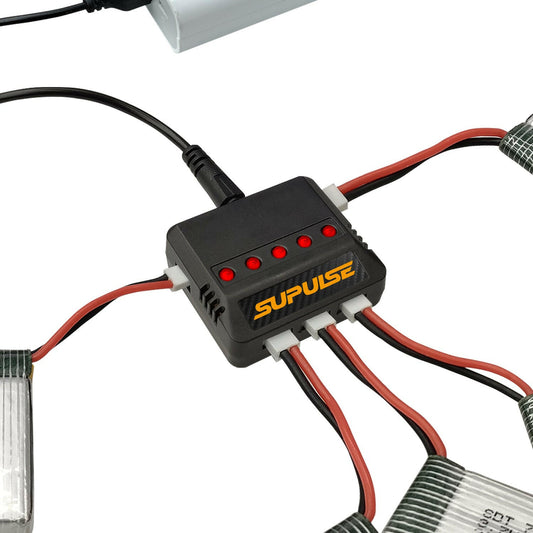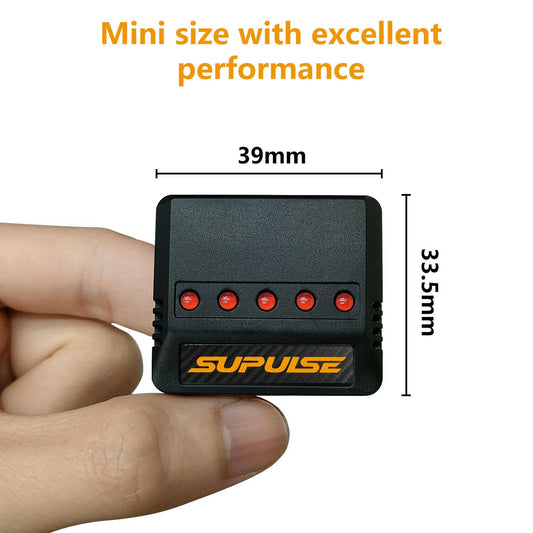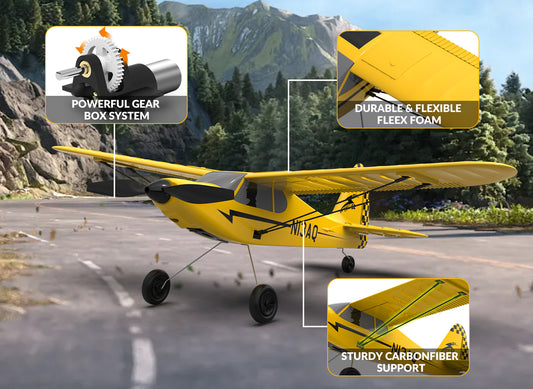Winter is coming! Can you fly RC planes during winter? The answer is yes and in fact, winter flying can be much more enchanting and rewarding compared to flying in the warmer seasons. The amazing views of the local scenery glistening with frost and snow, combined with the elegance of an RC aircraft gliding just above the dreamy horizon are truly mesmerizing.
As perfect as this may seem, the detriments of the cold season must be prudently accounted for, otherwise, you will be digging your own grave. Here are 5 things you should be aware of when flying in the cold.
Moisture: Water, Snow, And Mud
Everywhere, including your local club, park, and backyard will be wet. Even on bright clear days, the extra moisture in the grass and soil will somehow get inside your RC model - jeopardizing your electronics. Think the innocent-looking snow is your friend? Well, think again! As pretty as they are, those pesky little snowflakes will get sucked into your RC plane via any possible openings - such as an air duct - and if left unattended, your electronics will get damaged.
Bring along a small towel if you’re planning to go out to the fields and dry off your RC plane after every landing. To block out the snowflakes, you could try taping shut the lower openings of your model; and don’t worry, in such icy temperatures, not as much airflow is needed to cool off your equipment.
What's worse than water and snow? Mud! It's tempting to pull out your towel and start removing the mud at the field. However, 9 out of 10 times, the moisture in the mud will push soil and small dirt particles into the spaces between the foam beads – and believe me, it'll be tricky to get it looking pristine again after that.
Remove the larger pieces of mud at the field and let your RC model dry for a day or two back at the hangar. Once the mud completely dries out, you can easily remove the remaining pieces with a soft brush - and do so with care as those small particles may get lodged into your motor bearings and other places which can affect future performance.
Landings
Pick your landing area with care. Landing on a soft patch of snow would be ideal as this would act as a natural cushion for your RC plane, however, make sure to snow-proof your model. If you're landing anywhere else, treat it like landing on broken tarmac as any grassy or muddy strip will probably be frozen solid. You may even want to consider using belly landings to protect your gears. After landing and before your next flight, thoroughly run through your pre-flight checks to make sure everything is intact and working properly. The cold temperature will have an adverse effect on both balsa and foam planes, making them much more brittle and prone to damage. While a hard landing in the summer can be easily shrugged off, the same landing can be much more destructive in the winter. Areas we tend to find the most problems due to the brittleness include the propeller, mounts, landing gears, and servo connectors.
Batteries
All batteries including LiPos and NiMH hate the cold! They rely on a chemical reaction to release the energy stored within them and the rate of this reaction is dependent on the temperature. Cooler temperatures will make your batteries react slower and consequently; they will be less efficient. If you were getting 10 minutes out of a battery in the summer, expect to get about 8 minutes from the same pack in the winter. This reduction in battery time also applies to other electronic equipment such as your radio system or FPV camera.
Orientation
You tend to get two kinds of skies in winter: a beautiful cloudless one with sunlight, or a grey and hazy one with marginal sunlight. Orientation can be tricky on those grey murky days, especially if the sun is tucked behind the clouds and your RC airplane lacks bright and colorful decals. Sometimes, you may even lose sight of your plane as it disappears into the greyness – just stay calm and slowly drop your altitude until your plane resurfaces. If it gets way too cloudy, you could try flying just below the legal flight limit to completely avoid the overcast.
For better orientation, you could replace your original decals with bold and conspicuous ones, or even better, install LEDs onto your plane. They are fairly easy to use and you could wire them into a balance tap connector giving you the flexibility to plug it into your flight battery when needed. Adding LEDs can also extend your time on the field as flying at night is possible with these cheap orientation aids.
The Pilot
So far, we have only talked about your RC model and equipment, however, being mindful of yourself – the pilot - is arguably even more important. When we fly, we tend to only move our fingers, eyes, and neck while the rest of our body is pretty much in limbo. Being inactive for prolonged periods while exposed to such low temperatures are the perfect ingredients for catching a cold. Wear more than you need and focus on layering. Wearing more layers will keep you warmer than wearing a single thick jacket as each layer will act as an insulator and retain more heat.
You may also want to purchase a transmitter glove or muff to keep your hands warm when flying. A regular pair of winter gloves will also work; however, your movements may be compromised. We also love to bring a hot drink (hot chocolate, tea, or coffee) in a thermos to instantly warm ourselves up during recess. Finally, if you start to feel the cold really seeping in and numbing your senses, pack your stuff and go home – nothing is more important than your well-being!


